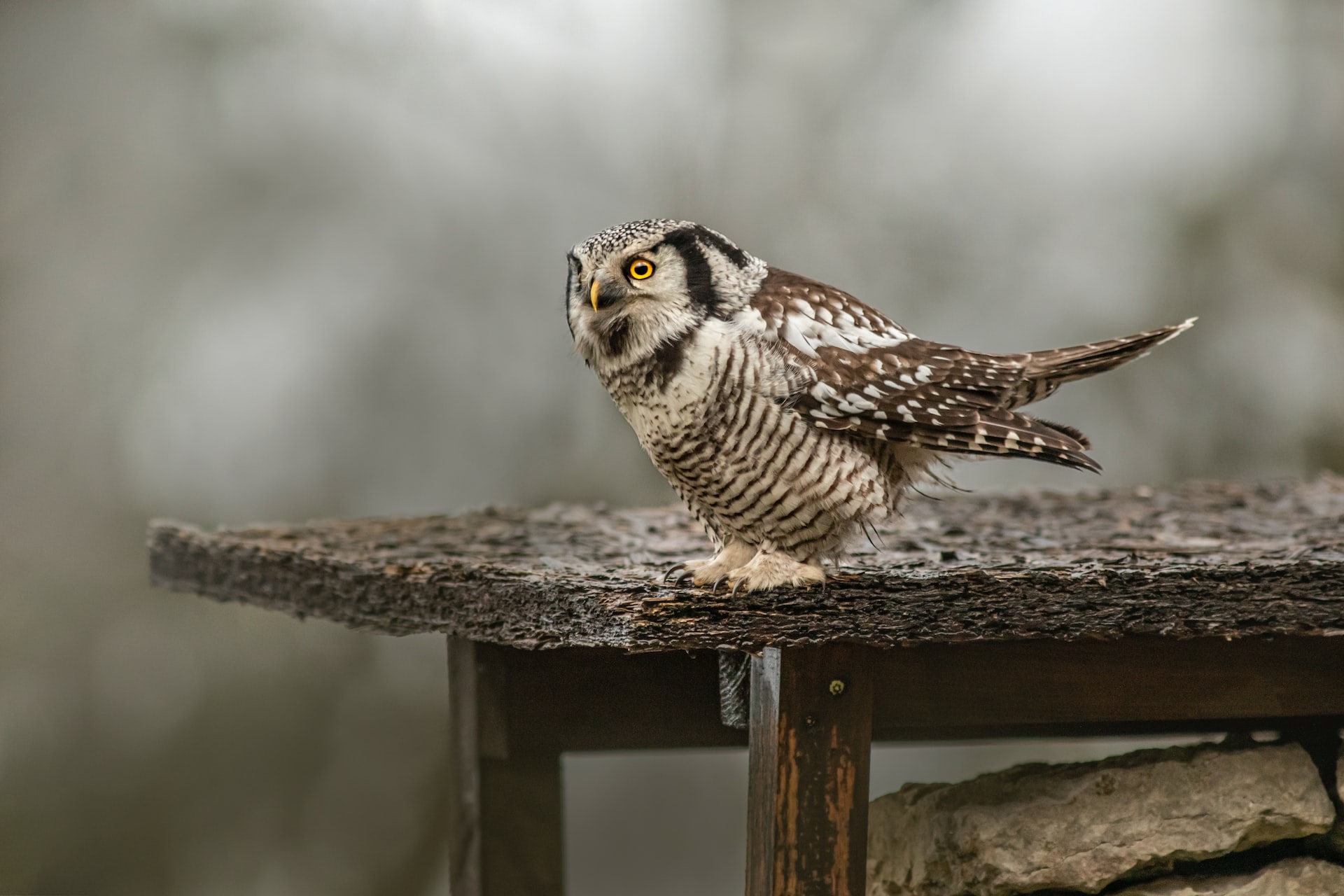The world of birds is one of the most fascinating aspects of the natural world. With over 10,000 species of birds that exist globally, each with unique features, habits, and behaviors, the study of birds is a vast and intricate area of interest. The beauty and diversity of the avian world have captured the interest of scientists, bird enthusiasts, and casual observers alike. In this essay, we will explore the fascinating world of birds and provide a comprehensive guide to these incredible creatures.

Birds are found on every continent and in every ecosystem, from the Arctic tundra to the tropical rainforest. They come in all shapes and sizes, from tiny hummingbirds to massive ostriches. The anatomy of birds is unique, and their adaptations allow them to fly, swim, and run with incredible speed and agility. The key features that distinguish birds from other animals are their feathers, beaks, wings, and lightweight, hollow bones. These adaptations have allowed birds to evolve into some of the most successful and diverse creatures on the planet.
One of the most remarkable features of birds is their ability to fly. Birds' wings are specially designed for flight, with strong muscles and lightweight, aerodynamic feathers. Some birds, like eagles and hawks, have broad wings that allow them to soar and glide effortlessly, while other birds, like hummingbirds and kingfishers, have small, rapid wings that enable them to hover and maneuver quickly. The shape and size of a bird's wings can also provide information about its lifestyle and behavior. For example, long, pointed wings are typically found in birds that fly long distances, like migratory songbirds, while short, rounded wings are seen in birds that fly in dense forests or underbrush, such as woodpeckers.
Birds also have unique beaks that are adapted to their specific diets and behaviors. Some birds, like woodpeckers and toucans, have long, pointed beaks that they use to peck at trees and extract insects or fruit. Others, like hawks and owls, have sharp, curved beaks that they use to tear apart their prey. Birds that feed on nectar, like hummingbirds and sunbirds, have long, narrow beaks that allow them to reach deep into flowers to extract the sweet liquid.
Feathers are another distinguishing feature of birds. Not only do they enable flight, but they also provide insulation, waterproofing, and camouflage. Birds have a range of feather types, including down feathers, contour feathers, and flight feathers. Down feathers are the soft, fluffy feathers found close to a bird's body that provides insulation, while contour feathers are the larger, more structured feathers that provide the bird's overall shape and coloration. Flight feathers are the strong, stiff feathers found on the wings and tail that provide lift and maneuverability during flight.
Birds also have a unique respiratory system that allows them to extract oxygen from the air more efficiently than other animals. Unlike mammals, birds have one-way air flow through their lungs, which allows them to extract oxygen more efficiently and continuously during flight. This system is essential for birds that fly at high altitudes, such as migratory birds, which require large amounts of oxygen during long flights.
The behavior and lifestyle of birds are also fascinating to observe. Birds have a wide range of behaviors, from complex mating rituals to intricate nesting behaviors. Many species of birds are also known for their remarkable intelligence and problem-solving abilities. For example, crows and ravens have been observed using tools to extract food from hard-to-reach places, and kea parrots in New Zealand have been known to solve puzzles and even manipulate humans for food.
Birds are also critical components of many ecosystems, playing vital roles in pollination, seed dispersal, and insect control. Many ecosystems rely on the presence of certain bird species to maintain balance and function properly. For example, hummingbirds are important pollinators for many plant species, while raptors like eagles and hawks help to control populations of rodents and other small animals.
Despite their importance, many bird species are facing threats from habitat loss, climate change, pollution, and other human activities. This makes the study and conservation of birds more critical than ever before. Birdwatching, or birding, is a popular activity for many people, and it can be a great way to learn about and appreciate birds while also contributing to their conservation.
In conclusion, the world of birds is a fascinating and complex one, full of unique adaptations, behaviors, and ecological roles. With over 10,000 species worldwide, each with their own unique features and lifestyles, there is always more to learn and discover about these incredible creatures. By studying and appreciating birds, we can better understand the natural world and work towards their conservation and preservation for generations to come.
Comments
Post a Comment